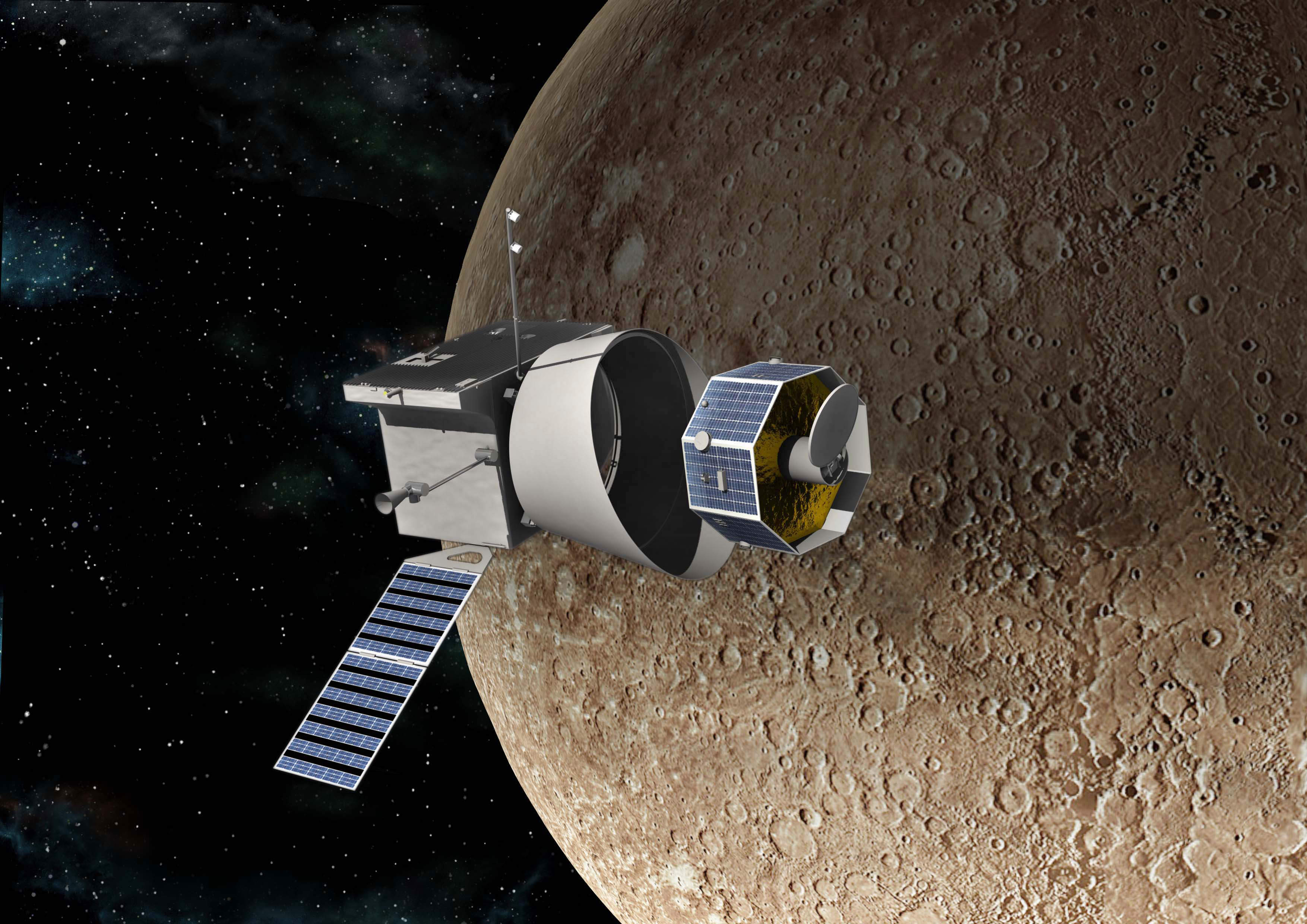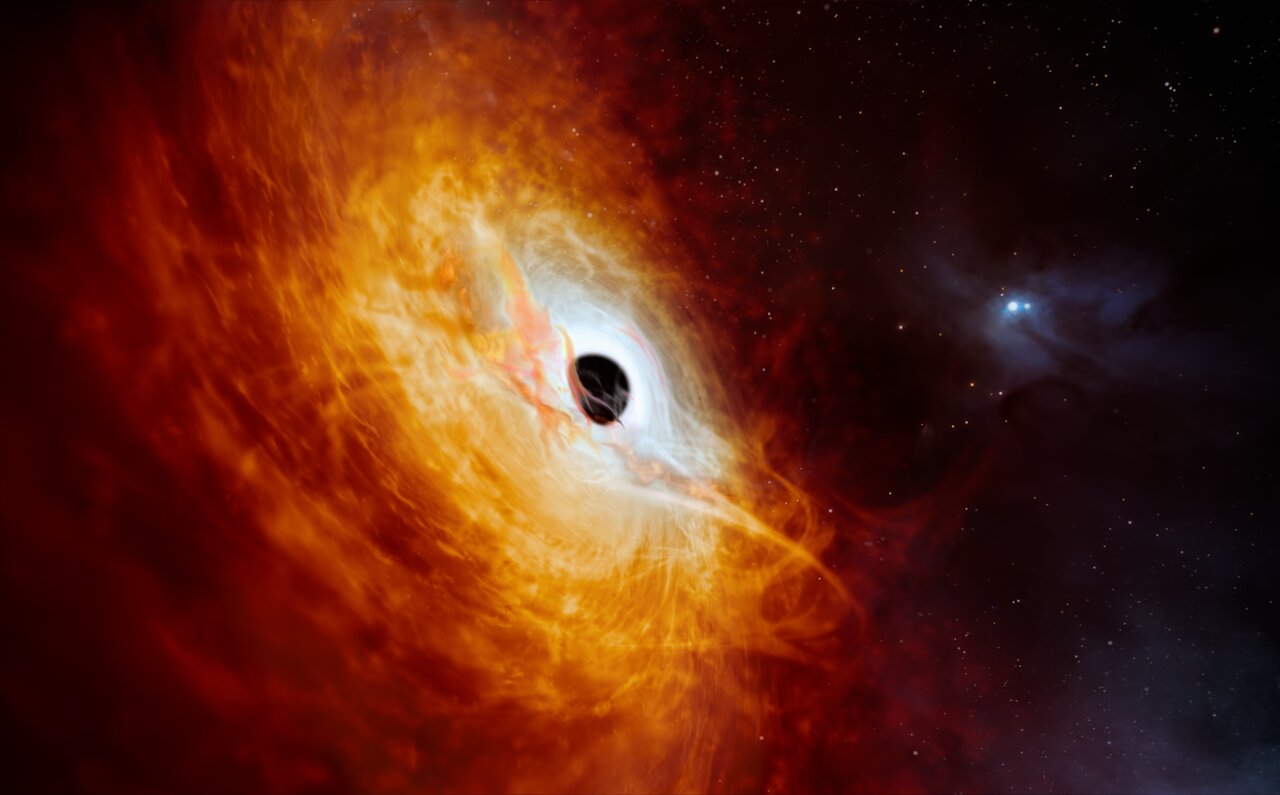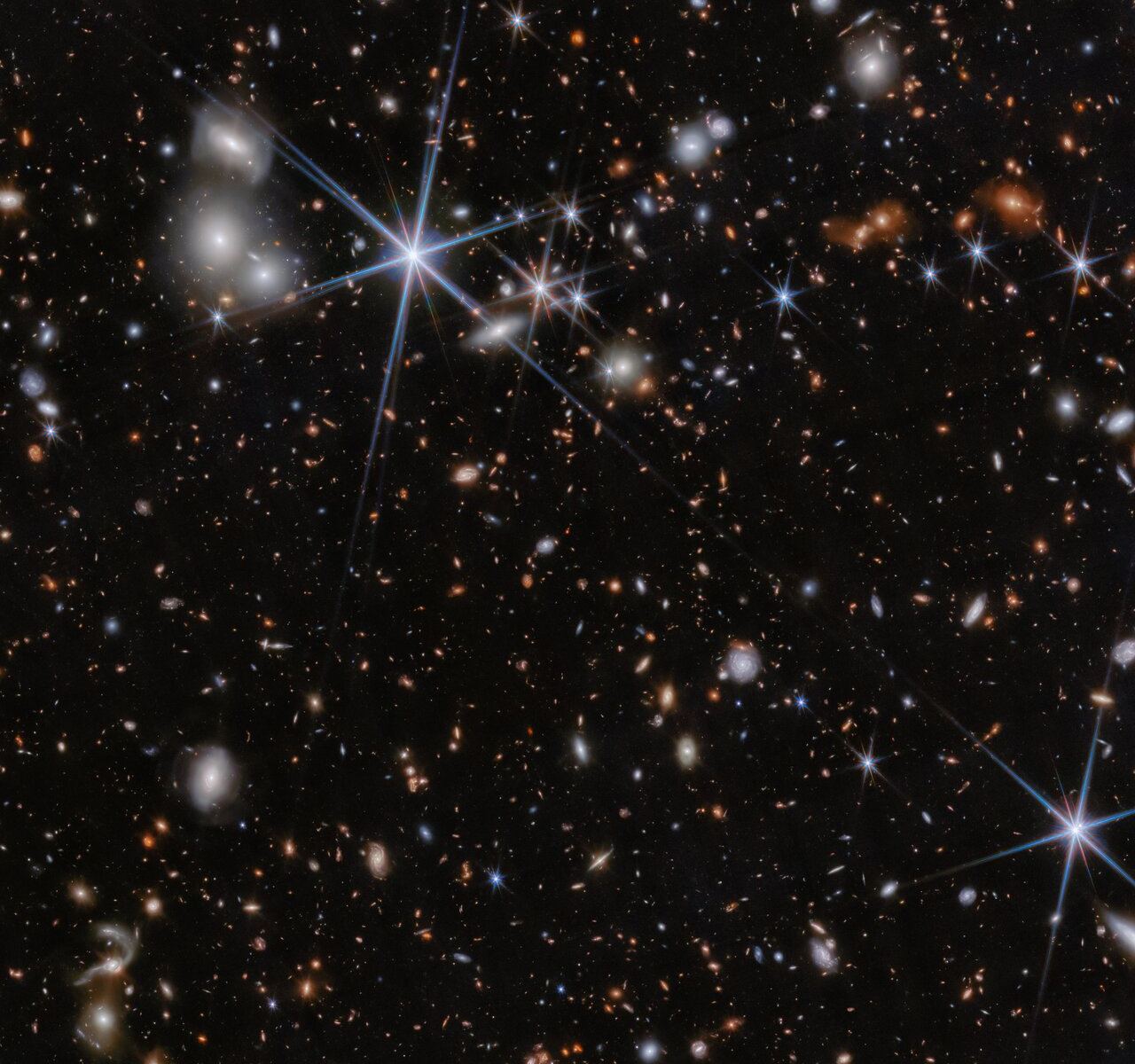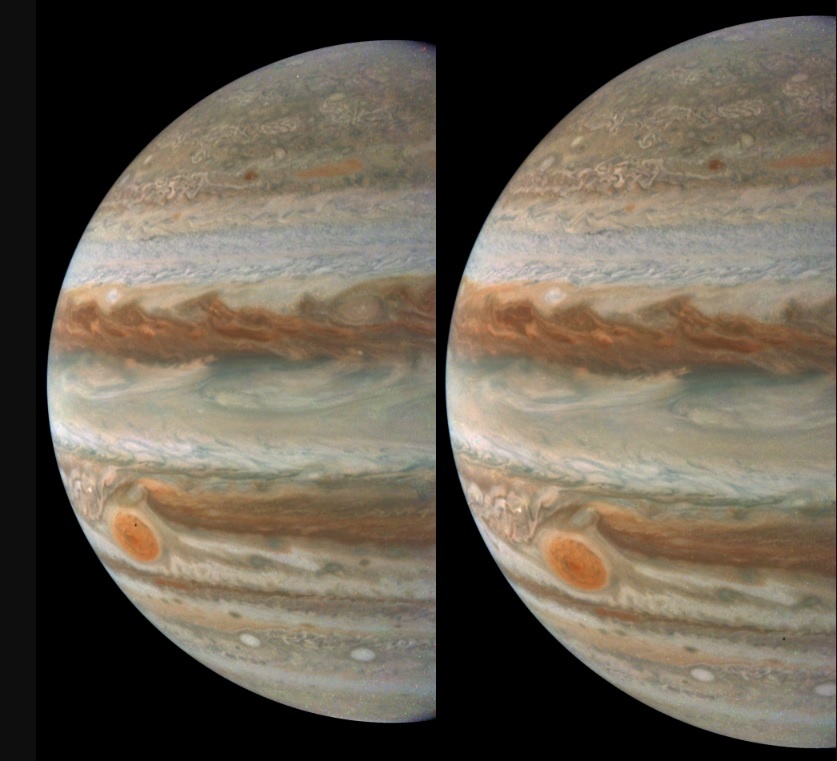The world was much different in 1990 when NASA astronauts removed the Hubble Space Telescope from Space Shuttle Discovery’s cargo bay and placed it into orbit. The Cold War was ending, there were only 5.3 billion humans, and the World Wide Web had just come online.
Continue reading “The Venerable Hubble Space Telescope Keeps Delivering”The Venerable Hubble Space Telescope Keeps Delivering










